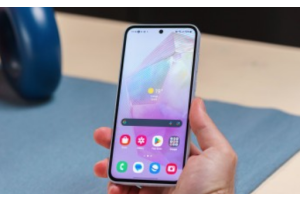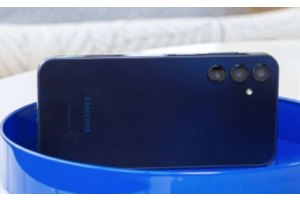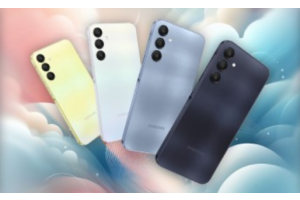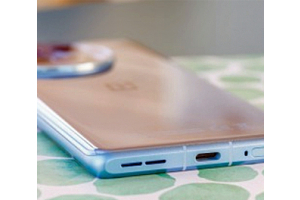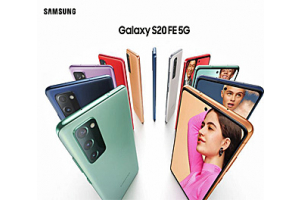
The new OnePlus 9 Pro and OnePlus 9 are among the smoothest Android phones we've seen in 2021 thus far. They desire the fastest and most user-friendly Android phones I even have ever used, but these are things that users expect from OnePlus. The Chinese tech giant thus far has the smoothest Android phones and it's no surprise that the new smartphones continue the legacy.
However, within the latest offerings, OnePlus has doubled down on the cameras -- almost just the way they touted the imaging prowess of the OnePlus 5 and OnePlus 7 Pro. At this point around, the Shenzhen-headquartered firm is ruffling some feathers by touting a partnership with legendary camera maker Hasselblad.
OnePlus makes bold claims, but at this point, it is not going out of its thanks to saying that it's certain magical capabilities as Hasselblad is related to photography in space.
Performance, battery, and charging
OnePlus phones haven't been about their looks. They’ve been about features for the worth — which includes the specs under the hood. As you'd expect from a flagship-level phone in 2021, the OnePlus 9 comes with a Qualcomm Snapdragon 888 processor, which is including either 8GB or 12GB of RAM, and either 128GB or 256GB of storage, counting on the model. I’m reviewing the model with 12GB of RAM
In mobile gaming, it loaded quickly and infrequently skipped a frame. During complex multitasking, the device was active and fast. If you’re trying to find a high performer, the OnePlus 9 ticks that box.
Display
A real standout of OnePlus devices in recent years has done the routine of high refresh rate AMOLEDs. At this point around, the usage of an LTPO panel knocks things up another notch. The OnePlus 9 Pro can run at 120Hz at FHD+ and QHD+ resolutions, but this newer AMOLED features a proper dynamic refresh rate which will be set as low as 1Hz. this could have battery benefits, but I can’t say I even noticed it in action.
OnePlus also touts a 360Hz touch rate, which again I can’t honestly say made majorly noticeable differences in my daily experience. The OS and 120Hz refresh rate are pretty sublime, and this is often among the simplest displays I even have won't to date. It could even be the simplest smartphone display out there if only the Find X3 Pro hadn’t hit the market first.
I quite like curved displays – aesthetically I feel they appear sleeker and in terms of usability – and it’s a neighbourhood I haven’t had too many bad experiences. I’ve found that cradling in my right means I’m obscuring much of the bottom-right of the display.
OxygenOS 11 handles this alright. I even have seen only a few issues thus far, with no phantom touch problems to talk of, but I can’t deny that a flat display proves easier to use. a part of this is often thanks to the frankly awful pre-applied screen protector, which snags when swiping from the sides of the display. It’s nice to possess one pre-applied, but I might suggest removing or replacing it as soon as possible.
Software & performance
In reality, the experience may be a hybrid of 1 UI and therefore the original OxygenOS you’ve likely used before. Does it make a difference? Luckily, none of the high-performance you've got come to understand, and love is degraded with this lick of paint. Bloat remains kept to a minimum, but there's more attention upon one-handed usability, with certain stock apps including more white space and with shifted UI portions.
The level of customization remains excellent, but, genuinely, this is often the precise same daily experience as you’ll find on the OnePlus 8T and almost every other OnePlus smartphone recently updated to OxygenOS 11 and Android 11. With flagship tier specifications, there's absolutely nothing that the OnePlus 9 Pro can’t do or that I might want to try to do on a contemporary smartphone. The 120Hz refresh rate is simply the icing on an already super-fast cake.
At this stage, 13 devices since first coming to plug, OnePlus performance levels are a known entity and an enormous hardware overhead helps ensure long-term consistency. As our own Ben Schoon notes in his review of the smaller OnePlus 9, the continued software support situation must be improved. OnePlus’s insistence on using the OxygenOS Open Beta program to stay devices updated are some things that must be fixed.
Camera
The high-profile addition of Hasselblad to the OnePlus 9 series camera setup may be a misnomer in many regards. Despite the “co-developed” ideas from OnePlus, at this stage, it’s simply a tuning company. Hasselblad helped tune the colours of the camera setup, which can undoubtedly expand over the approaching years because the partnership grows.
I couldn’t compute if it had been exceptional or simply well-tuned. the colours in some key scenarios are among the foremost colour-accurate that I even have seen from a smartphone, but I might call the consistency into question here and there.
Battery
If multiple-day battery life is important to you, then the OnePlus 9 Pro isn't the device for you. The lifespan isn't bad, it’s just not all that great. I feel I expected more especially considering the LTPO panel should help reduce the refresh rate and save power at certain static screens.
Some days I might see five to 6 hours of screen-on time, whereas most days four hours proved to be my average. Screen-on time may be a terrible metric, but it’s about the sole thanks to offering you a sign of what to expect.
What proved to be most frustrating was that daily longevity didn’t seem to vary much – a minimum of in any meaningful way – when deviating from “general” usage. I mainly stick with browsing, texting, and video calling on my smartphone. Light gaming sessions are a cloud-gaming affair.
Conclusion
The OnePlus 9 may be a strange release. It’s an honest phone. With top-tier performance, an awesome display, and a superb software experience, there’s a distinct segment for it. But it’s disappointed by an uneventful design and a camera that just cannot compete with other devices within the same price range.


